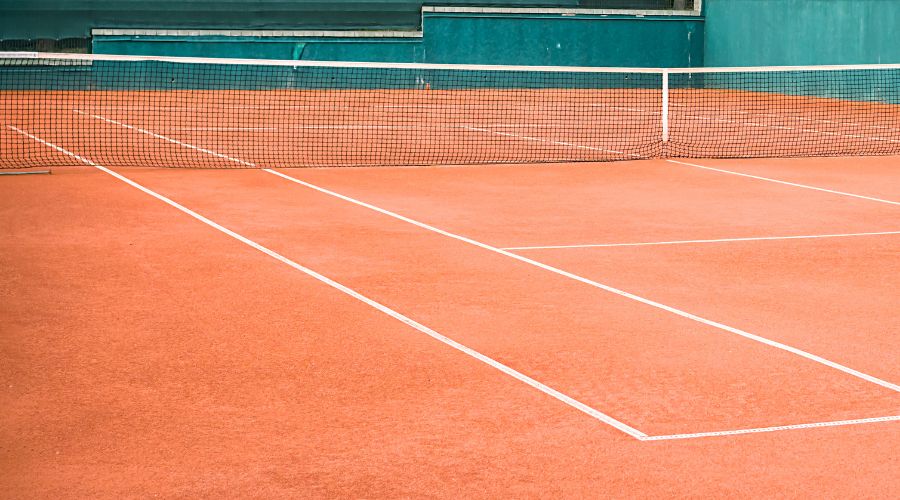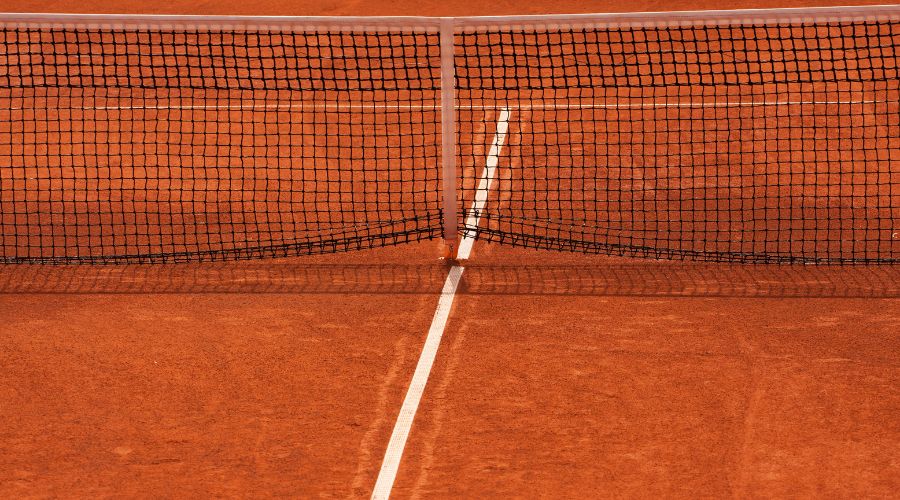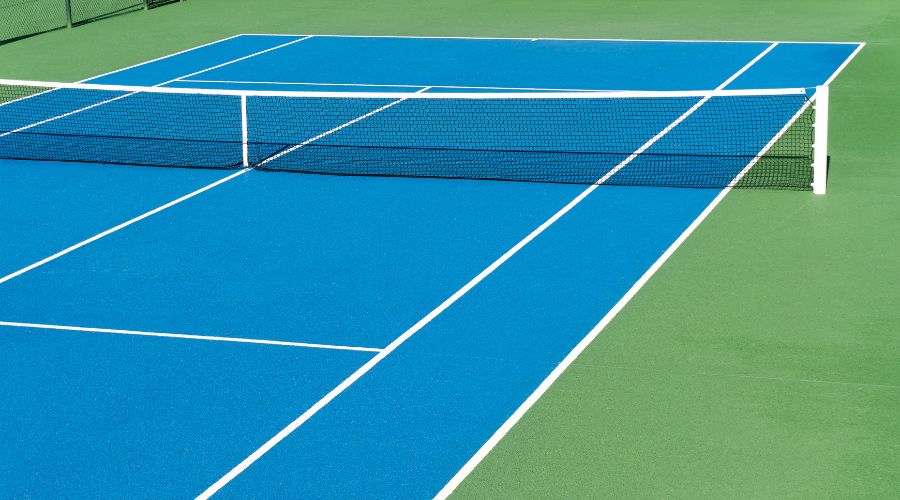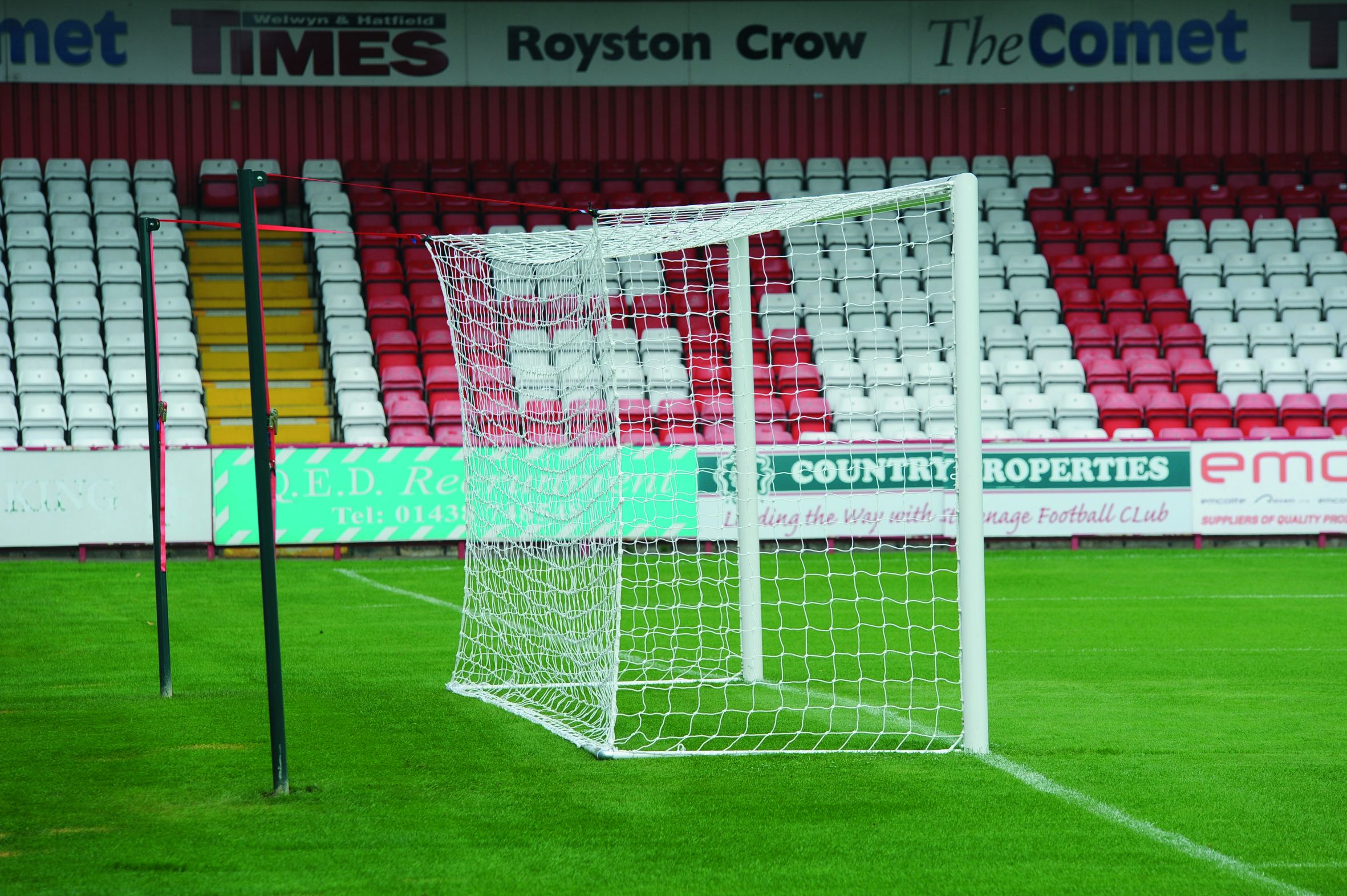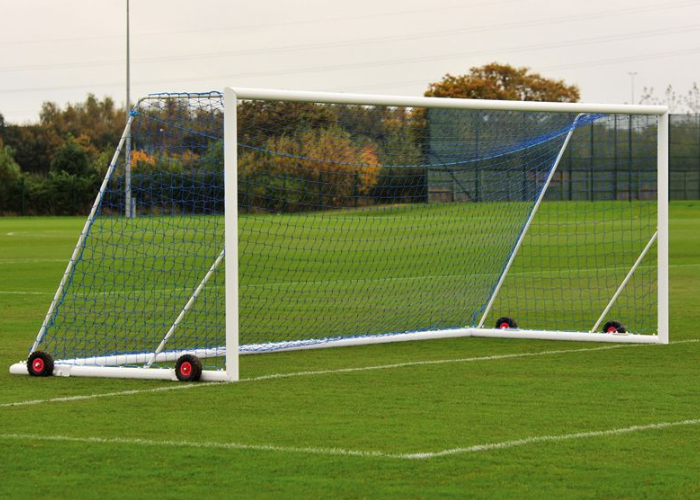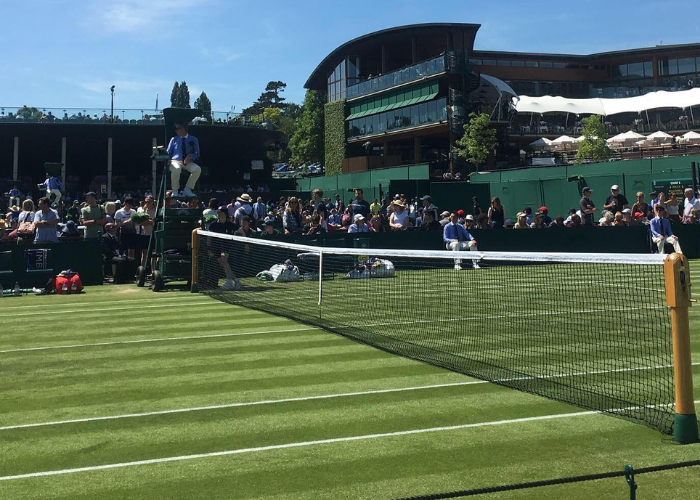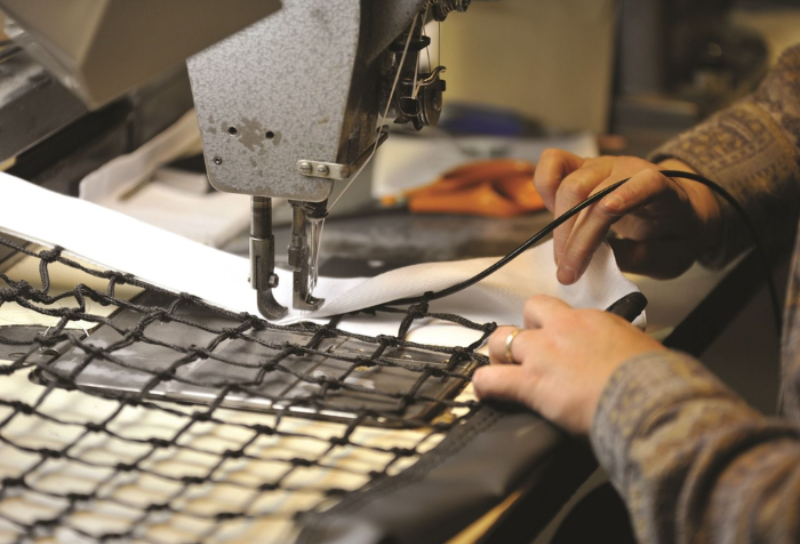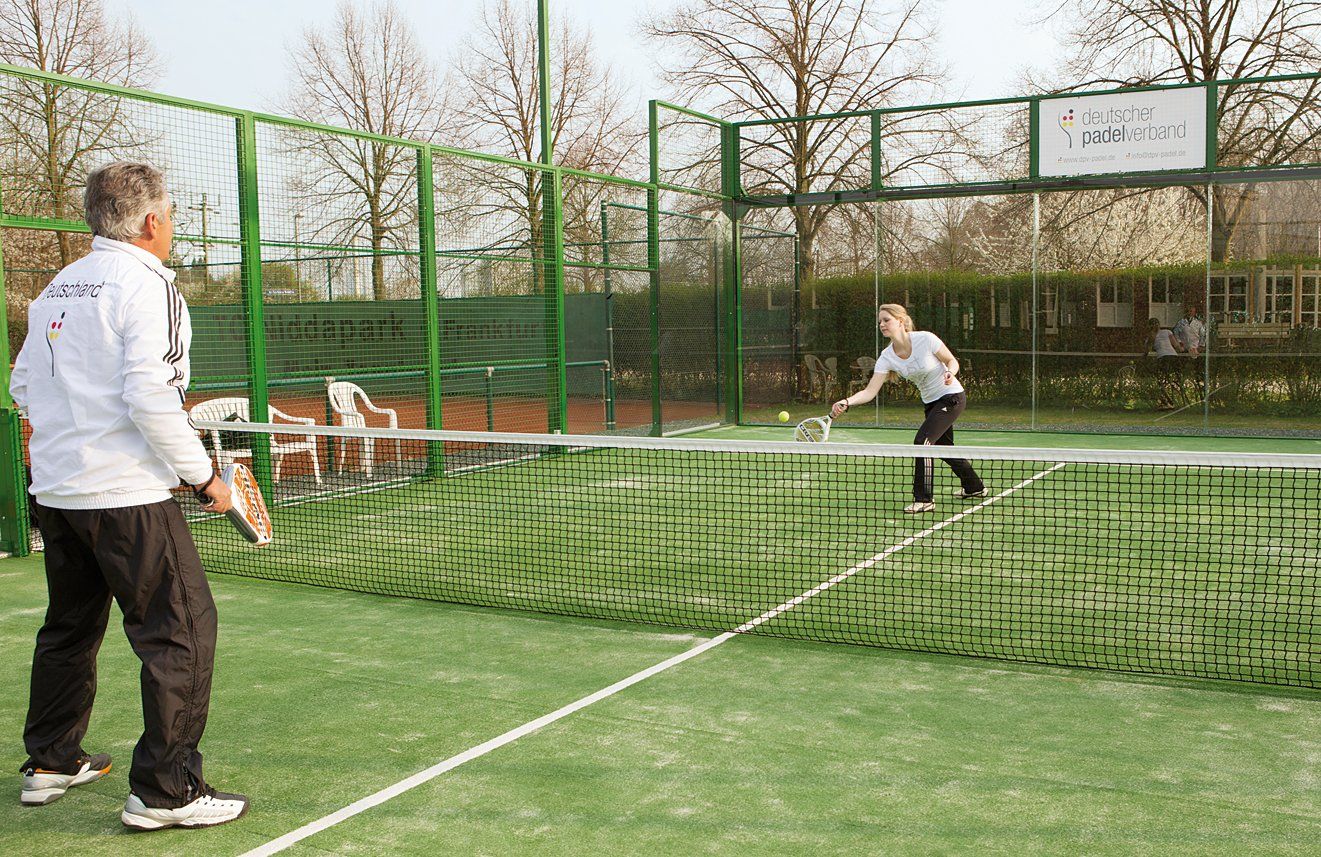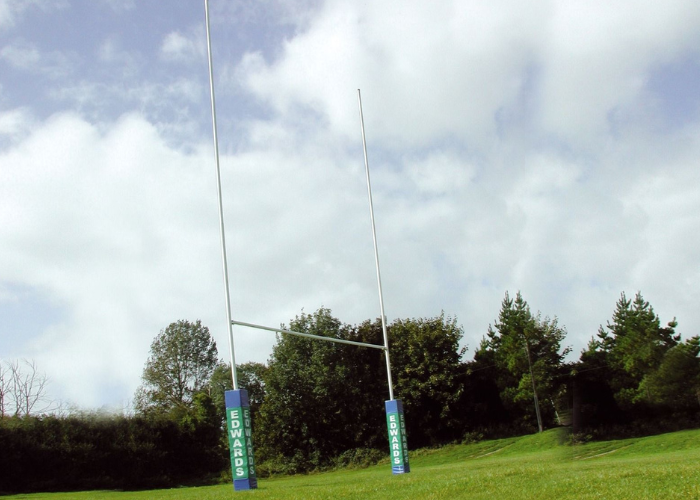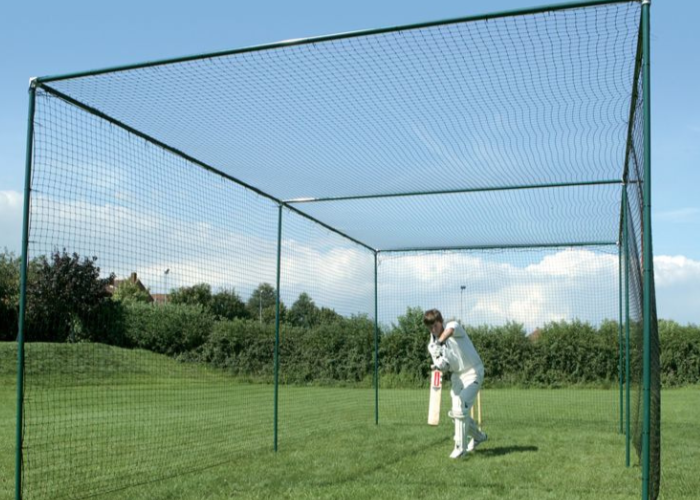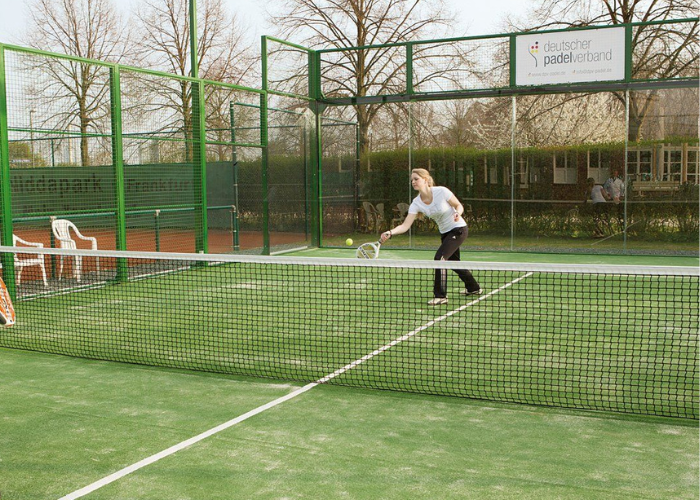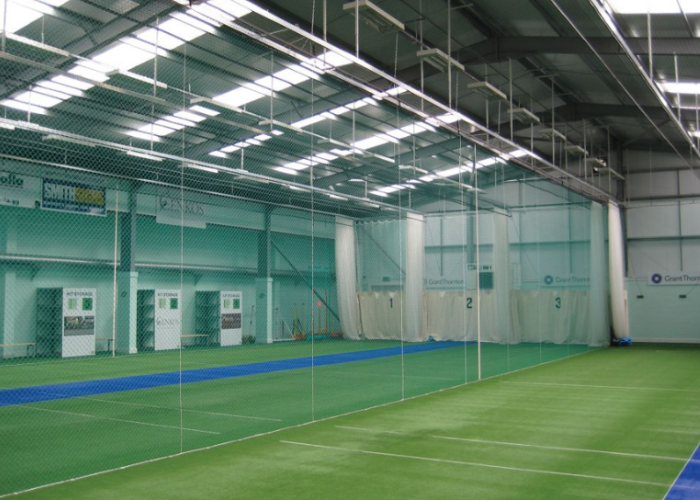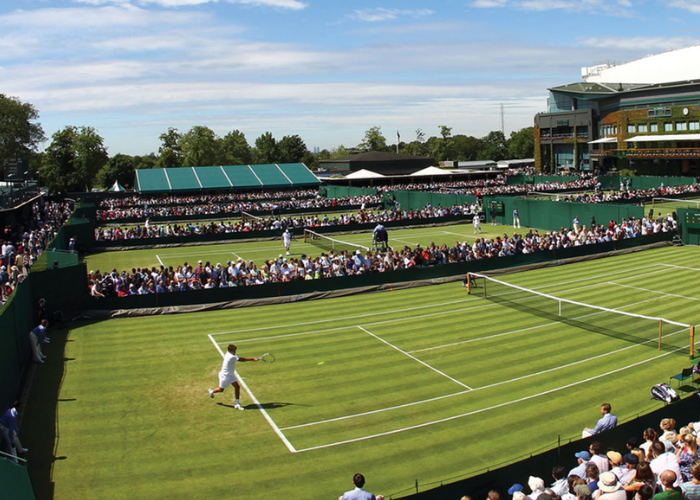We use cookies to make your experience better. To comply with the new e-Privacy directive, we need to ask for your consent to set the cookies. Learn more.
Clay Court vs Hard Court Tennis: Which is the Better Surface for Players?
- Admin
- Blog Posts
- 28 Apr 2023
-
120views
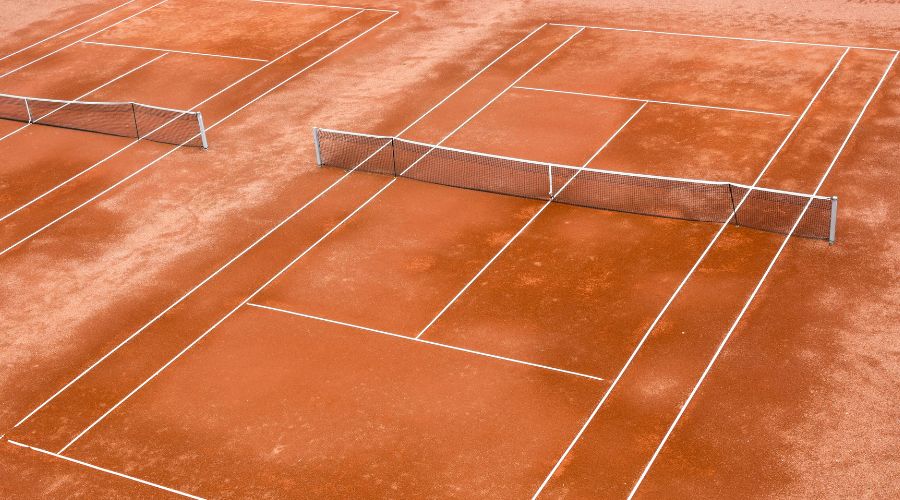
You might not know it, but the tennis court surface you play on can have a huge impact on your game. And one of the biggest toss-ups is whether clay and hard court tennis is the better surface. So, which one is it?
Whether you're a beginner player looking to get into the sport or a more experienced one looking to explore playing on a different surface, it helps to understand which court surface is best suited for your style of play. After all, you don't want to be stuck playing on a surface that doesn't suit your game, potentially leading to injury.
In this blog post, we'll explore the differences between clay court vs hard court tennis to help you make an informed decision about which will help you on your way to becoming the next Novak Djokovic!
Differences Between Clay Court Vs Hard Court Tennis
There are so many ways we can compare clay court and hard tennis courts - everything makes a difference, from the speed of the ball to the construction of the court, and even the shoes you wear.
Let's take a look at some of these differences in more detail:
What are Clay and Hard Courts Made Of?
Clay courts are made up of a combination of crushed shale and clay, while hard court surfaces are constructed with asphalt or concrete. The material used to build the court can have a huge impact on how it plays and how you play on it.
For example, clay courts tend to be slower, allowing for longer rallies and more spin on the ball, while hard courts are usually faster with less spin.
How are the Spin and Bounce of the Tennis Ball Affected?
Clay courts have a soft and bouncy surface that slows down the ball and requires players to use more spin and finesse in their shots.
In contrast, hard courts have a faster surface with more consistent bounces, making it easier to play attacking shots – hence why many famous tennis players like Novak Djokovic are known for their attacking styles.
by ©Augustus Cetkauskas vaizdai via Canva.com
Do Players Get More Injuries on Clay or Hard Courts?
When it comes to injuries, clay courts can be much more forgiving and cause less strain on the body. Since hard courts are usually faster with less spin, players have a higher chance of twisting and turning quickly, leading to joint pains.
What Type of Footwear is Suitable for Clay and Hard Courts?
To help reduce the risk of player injury on hard courts, it's recommended to wear shoes with extra cushioning and support. On clay courts, players tend to wear shoes with smooth soles and less cushioning to help with sliding around the court. There are specific hard court tennis shoes you can find online or in sports stores.
Are There Differences in Court Maintenance?
Since clay courts have a softer surface, they should be swept and watered regularly to keep them in good condition. The same goes for hard courts, but since they are usually made of asphalt or concrete, they require less, slightly thorough maintenance and can last for many years with proper care.
Of course, if they show signs of damage or wear, then you definitely want to repair them as soon as possible!
Pros and Cons of Playing on Clay vs Hard Courts
Tennis players know the surface they play on can greatly affect their game. When it comes to clay vs hard courts, there are pros and cons to each.
Clay courts offer slower-paced games and longer rallies, which can favour players with strong defensive skills. They also provide more forgiving surfaces, which can reduce injury risks, so if you've got a pre-existing injury, clay court tennis may be the better choice for you.
On the other hand, hard courts offer faster-paced games and more consistent bounces, making them better for players with strong attacking skills. However, hard courts can be tough on the body, increasing the risk of impact injuries.
Ultimately, the decision comes down to personal preference and playing style. Whether you're a clay lover or a hard court devotee, there's no denying that both surfaces offer unique challenges and opportunities for players to showcase their skills. You might want to test out playing on both types of courts to see which one works best for you.
by ©DKart (Getty Images) via Canva.com
I'm a Beginner Tennis Player: Should I Play on Clay or Hard Court?
If you're just starting out in tennis, it's important to start out your tennis journey in a safe and comfortable environment. You don't want to quit before you've even started! Therefore, the court surface you choose to train and play on can have a huge impact on how successful and enjoyable your journey is.
Nobody expects you to be able to hit a rally-winning shot the first time you step onto a court! Because clay courts offer slower-paced games, they are usually a bit better for beginners. They allow more time to hit the ball, helping players to develop their technique and skills at a slower, more manageable pace.
We'd recommend starting out here if you can find a local clay tennis court. Look for tennis clubs set up in your local area and get in touch with some of the coaches. Most of them will be more than happy to help you out as a beginner player.
What Court Surface Do Pro Tennis Players Prefer?
It's not just you who has to make a decision about clay court vs hard court tennis – professional players have their own favourites, too! In fact, some of the world's best tennis players have openly said they are either clay court fanatics or hard court devotees.
Best Hard Court Tennis Players
Some of the world's best hard court players throughout history include:
- Andy Murray
- Boris Becker
- Novak Djokovic
- Lindsay Davenport
- Roger Federer
These players have a great track record of winning on hard courts, with some even excelling on other court surfaces. For example, Djokovic is incredibly well-known for being a champ on all types of surfaces, and Federer is a fantastic player on grass tennis courts.
Best Clay Court Tennis Players
Some of the world's best clay court players throughout history include:
- Rafael Nadal
- Bjorn Borg
- Mats Wilander
- Ivan Lendl
Again, many of these players can play great tennis on other surfaces, too, but their history of wins on clay courts makes them worthy of the 'clay court royalty' title.
by ©formatoriginalphotos via Canva.com
Clay Court vs Hard Court Tennis: Which is the Better Surface for Players?
Clay court vs hard court tennis is a tricky one, and the decision ultimately comes down to your personal preference and playing style.
For beginner players, we'd recommend starting out on a clay court as it provides more time to practice your technique and develop your skills at a slower, more manageable pace. Same goes for injury-prone or joint-pain players, as it provides a softer and more forgiving surface.
But if you're a more well-rounded player and you're looking to bump up your attacking game, give hard court tennis a go! It'll take a bit of practice to get used to the speed of the court, but if you spend enough time on it, you'll definitely improve your game.
FAQs
What is a hard court in tennis?
A hard tennis court is made of asphalt or concrete, hence the name. It's a faster surface with more consistent bounces, making it better for players with strong attacking skills.
What is the difference between clay and hard court tennis?
In terms of surface material, clay courts are softer and bouncier than hard courts, which are usually made of asphalt or concrete. As a result, clay court tennis is slower-paced with more spin on the ball, while hard court tennis is faster with less spin.
Are clay courts better for knees?
We'd say so. Due to the softer surface of clay courts, they are less likely to cause strain and provide a more forgiving environment for players with pre-existing injuries or joint pains.
Can I wear clay shoes on hard court?
You can, but you won't get the best performance out of them - they're not designed to be used on hard courts. It's best to invest in specific hard court tennis shoes that provide extra cushioning and support to prevent injury.
Who is the best player on hard court?
That's a tough question, as there are so many great players out there! Novak Djokovic is known for being king of all surfaces, but some other top hard court players include Andy Murray, Boris Becker and Lindsay Davenport.
Featured Image by ©mastermilmar(Getty Images) via Canva.com








